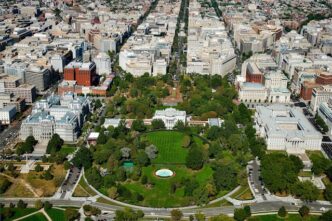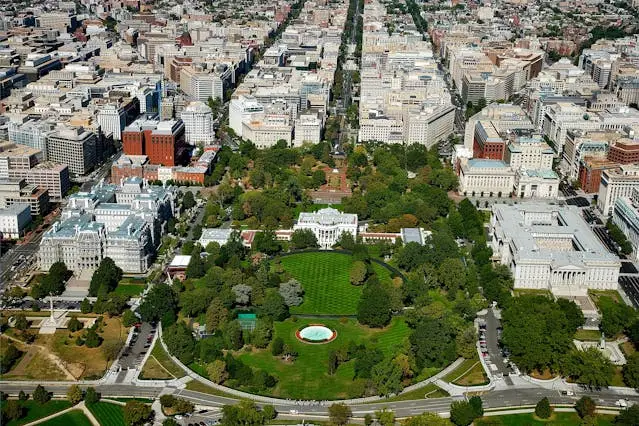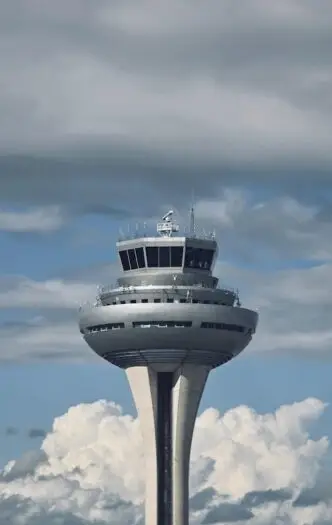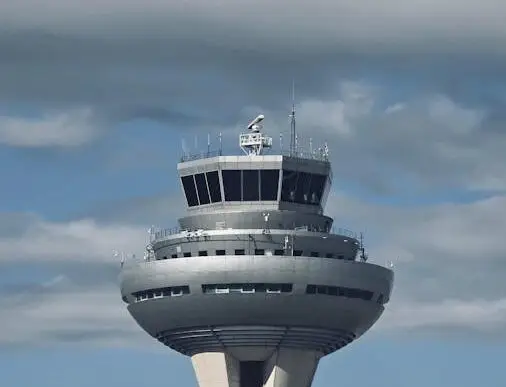On January 20, 2025, Donald J. Trump was inaugurated as the 47th President of the United States, making history as the first American president to serve two non-consecutive terms since Grover Cleveland. The event, which drew intense attention both domestically and internationally, marked a significant moment in American politics. Trump’s return to the presidency came after a contentious election cycle and a highly polarized political climate.
This inauguration was held indoors in the Capitol Rotunda, a deviation from the traditional outdoor ceremonies at the Capitol’s West Front. The decision to move the event indoors was made due to predictions of severe weather, underscoring the logistical challenges of planning such a high-profile event in the middle of winter. Despite the smaller venue, the event was attended by a diverse array of guests, including current and former political leaders, foreign dignitaries, and key figures in business and technology.
The day began with a morning service at St. John’s Episcopal Church, a longstanding tradition for incoming presidents. President Trump and First Lady Melania Trump were joined by prominent figures, including global leaders such as Argentina’s President Javier Milei, Italian Prime Minister Giorgia Meloni, and former British Prime Minister Boris Johnson. Following the church service, the Trumps made their way to the White House, where they were formally greeted by outgoing President Joe Biden and First Lady Jill Biden in a demonstration of the peaceful transfer of power.
In his inaugural address, President Trump laid out a bold vision for his second term, declaring it “liberation day” for the United States. He emphasized themes of national pride, sovereignty, and economic revitalization, echoing the “America First” policies that defined his earlier administration. He promised sweeping changes in domestic and foreign policy, including a declaration of a national emergency at the southern border, the termination of birthright citizenship, and significant reforms to the U.S. immigration system. Trump also signaled his intention to prioritize domestic energy production by rolling back environmental regulations, promoting fossil fuels, and revitalizing key industries.
The inauguration speech also carried undertones of defiance and retribution. Trump criticized what he referred to as the “deep state” and the political establishment, pledging to protect free speech and combat censorship. In a controversial move, he reiterated his commitment to granting pardons to individuals involved in the January 6 Capitol incident, framing them as patriots who had been unfairly treated by the justice system. This message resonated strongly with his core supporters but drew sharp criticism from political opponents who viewed it as a troubling precedent.
Among the attendees were all living former U.S. presidents and their spouses, including Barack Obama, George W. Bush, and Bill Clinton. Their presence underscored the continuity of American democracy despite the deep partisan divides. Notably, the event also drew prominent figures from the tech world, including Elon Musk, Mark Zuckerberg, Tim Cook, Sundar Pichai, and Jeff Bezos, reflecting the importance of the technology sector in shaping modern governance.
Following the ceremony, the inaugural festivities included the Starlight Ball, where President Trump and First Lady Melania Trump shared a celebratory dance. The ball was part of a broader series of events commemorating the inauguration, blending tradition with the pageantry that has come to symbolize presidential transitions.
Trump wasted no time in exercising his executive authority, signing a series of executive orders immediately following his swearing-in. These orders aimed to reverse key policies implemented during President Biden’s tenure, including rolling back climate initiatives, reinstating stricter immigration controls, and limiting federal oversight in education. His actions reflected a determination to rapidly pivot the nation’s trajectory, aligning it with the conservative principles championed during his campaign.
While the inauguration highlighted the resilience of American traditions, it also revealed the deep political and cultural divides within the country. Trump’s rhetoric and policy announcements drew fervent praise from his supporters, who viewed his return as a triumph for populism and national sovereignty, while critics raised concerns about the implications for democratic norms and the rule of law.
As President Trump embarks on his second term, the nation stands at a crossroads. His leadership promises dramatic changes that could redefine America’s role on the world stage and reshape its domestic policies for years to come. The coming months will undoubtedly test the durability of the nation’s institutions and the capacity of its leaders to navigate an era of profound change and polarization.













